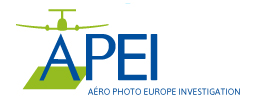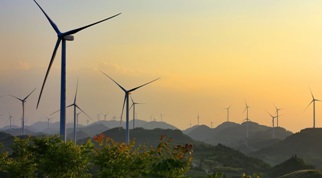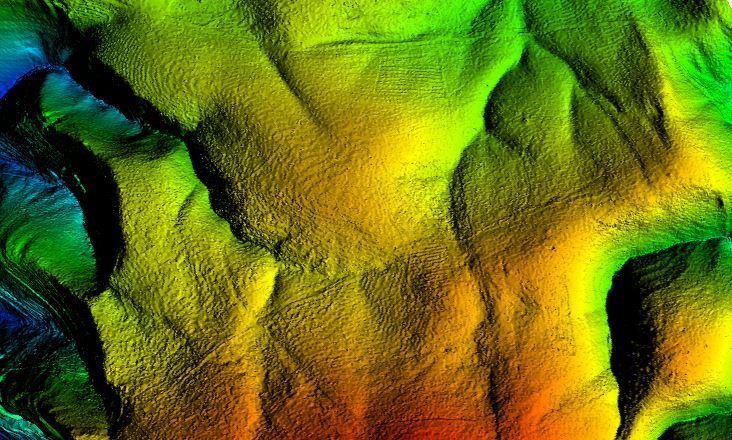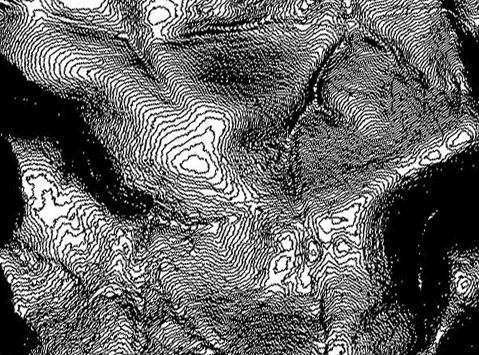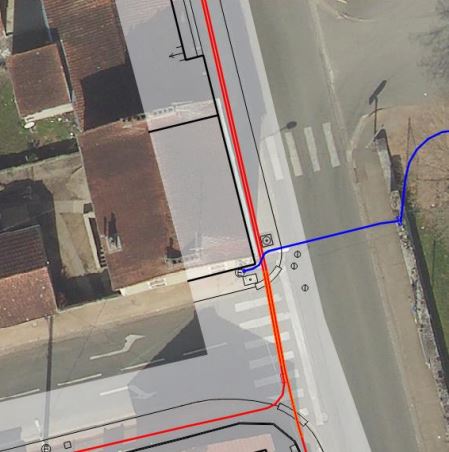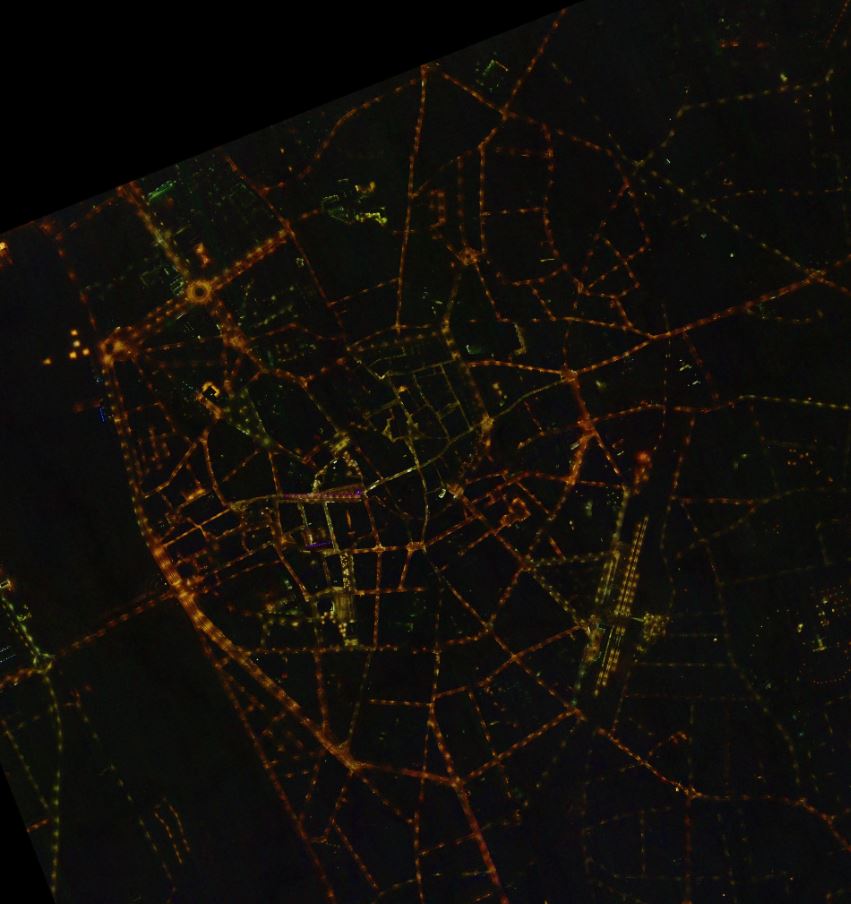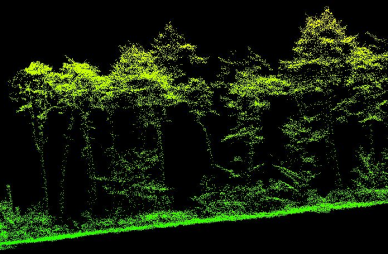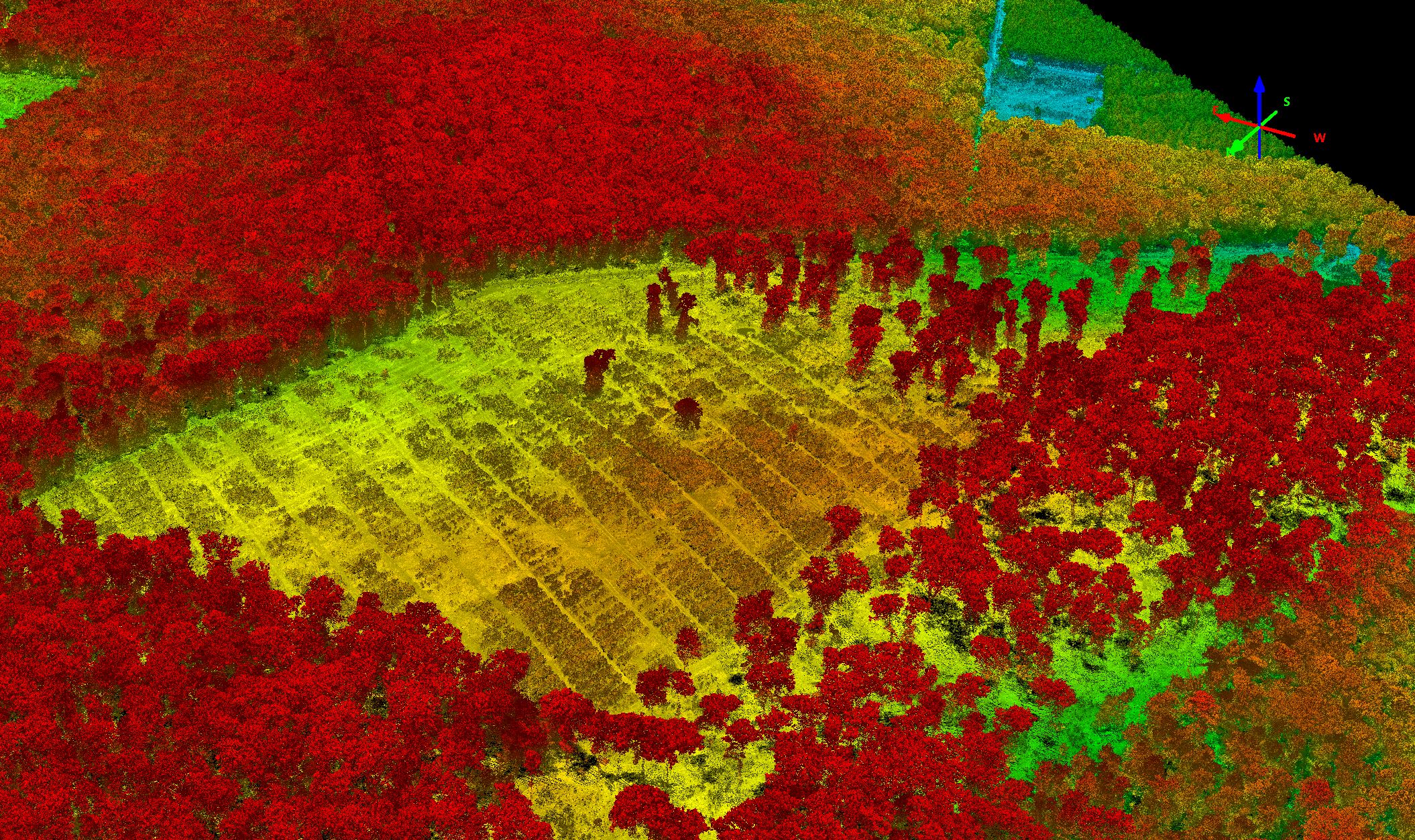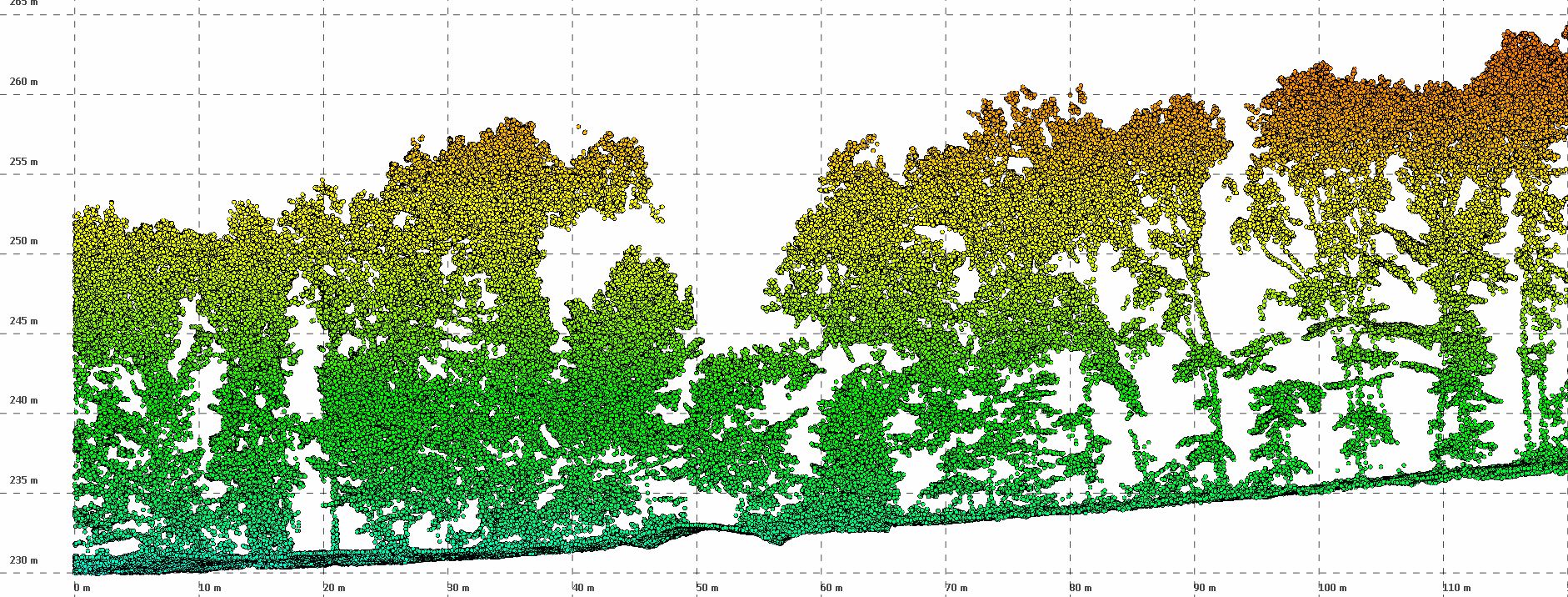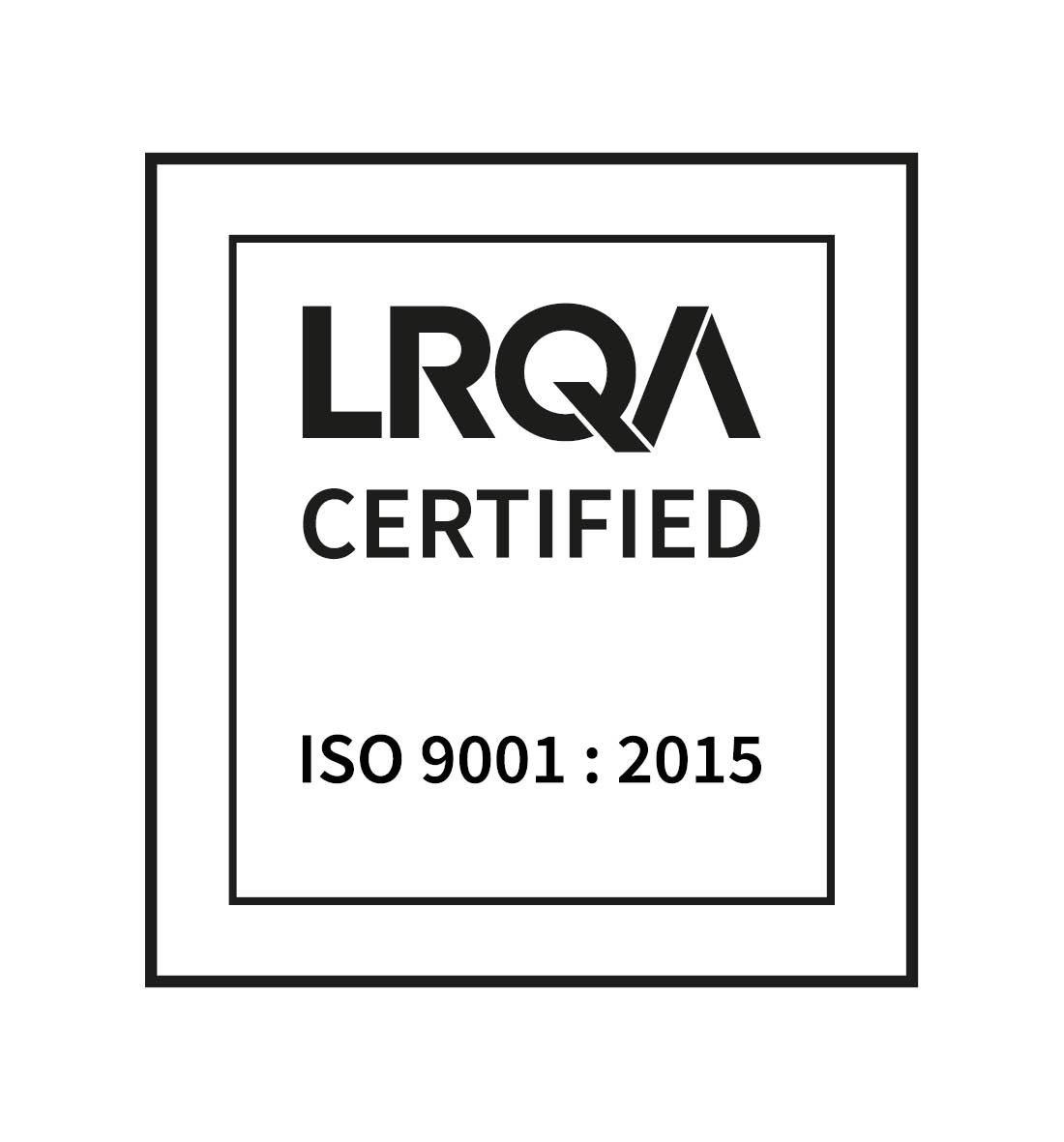News
-
2021 calendar - special 3D
2021-02-03
The 2021 calendar is now available on the APEI website https://www.apei.fr/media_produits/calendrier2021/For each month, you will find several 3D products obtained thanks to the image and lidar...
-
PCRS Acquisition 2018
2019-01-10
The year 2018 ends with a season rich in flights, in particular with the implementation of the Simplified Street Corps Plans (PCRS). With this objective in mind, APEI carried out more than ten...
APEI : an international firm specializing in the aerial survey




